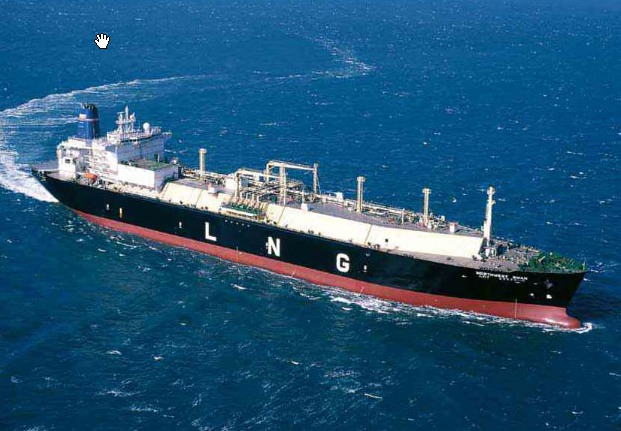











|
Dual fuel engines run on both gas fuels and liquid fuels. Among them, the gas fuels suitable for the operation of our dual fuel generator set include LNG, liquid ammonia and methanol etc.. Liquid fuels include diesel fuel, heavy fuel oil, and crude oil. (Note on this website: In dual fuels, gas fuels also includes liquid gas fuels, such as LNG, liquid ammonia, methanol, and dimethyl ether, etc.).
The advantage of the dual fuel technology is without a doubt its fuel flexibility. This technology makes it possible to utilise the economic and environmental superiority of gas fuel, although its conditions for use cannot (yet) be reliably ensured in the short term. Our dual fuel engines are the appropriate solution for gas operation.
The gas is suitable for our gas engines. The benefits of gas fuels are low price and good environmental compatibility, thanks to its clean combustion. A disadvantage is that the infrastructure to ensure a safe and continuous availability is not yet in place. This is essential for the operation of pure gas engines.


If the availability of gas fuels is not reliable, the power plant can still produce electricity with our dual fuel engines. If the supply of gas fuel is interrupted, the engine is simply operated in liquid fuel mode. The liquid fuel is simply stored in tanks.
In addition to gas fuels(including LNG, liquid ammonia or methanol), our dual fuel engines can also run on liquid biofuel or distillates like marine diesel oil (MDO), marine gas oil (MGO), crude oil and heavy fuel oil (HFO).
Note:
1. 1 Nm³ corresponds to one cubic meter of gas at 0 °C and 101.32 kPa.
2. All data provided on this site is for information purposes only, explicitly non-binding and subject to changes without further notice.


